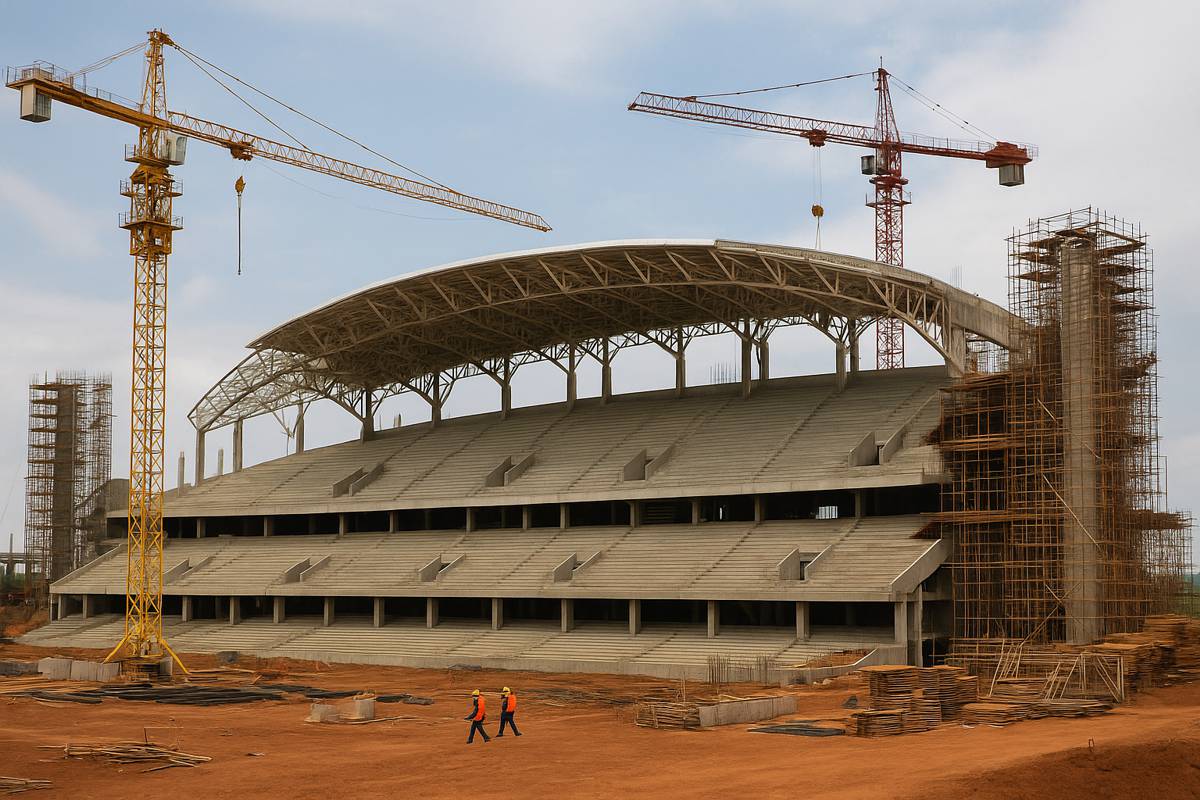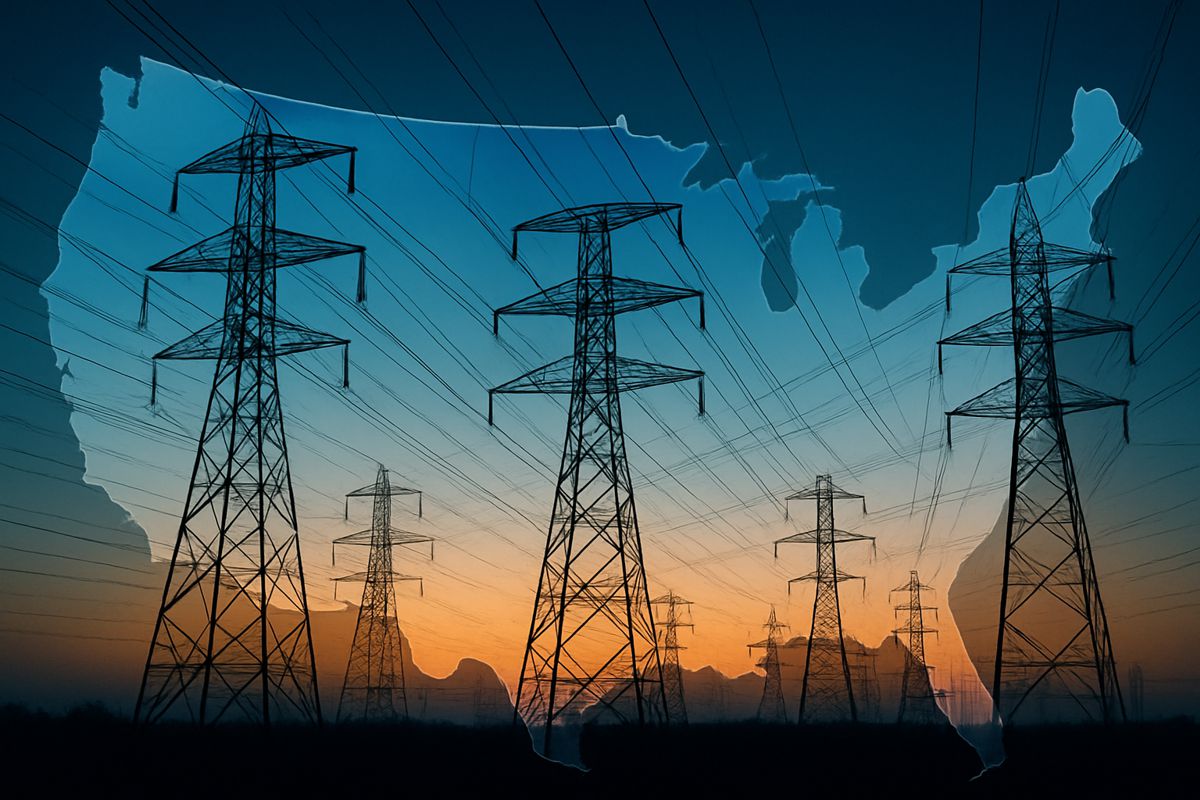Steady recovery in the construction industry hampered by a shortage of skilled workers
In the US, a steady recovery from the recession continues, and more than half the states are now offering an increased number of jobs in construction. Unfortunately, as a consequence of the recession, there is still a shortage of skilled workers, which means extra costs are incurred and building schedules are disrupted while trying to fill these positions.
The US still remains a dominant figure in the worldwide construction market, closely followed by Japan. However, in these and other countries around the world, despite approval for improving infrastructure plans, looming deadlines and the desperate need for more homes, a shortage of skilled labor could hamper the progress of each country’s numerous construction projects.
Reliable Recovery and Funding in the US
There has been steady growth in the construction industry throughout the US, and Arizona is among the leading states that have seen the highest increase in construction jobs this year. The state is investing almost $300 million in infrastructure projects in the state, including over $130 million for the construction of State Route 189.
In addition, essential housebuilding is underway, although rates of construction are yet to keep up with demand. This is partly because the number of skilled workers is still significantly less than it was before 2006. However, there is a general feeling of optimism, and lessons have been learned since the recession. Lenders have tightened their standards and prudent property owners protect assets from unfavorable situations. Construction companies that take a similarly cautious approach, only building homes where required rather than simply on spec, are contributing to this steady and more sustainable growth.
UK Infrastructure Growth Overshadowed by Uncertainty
Similar steady but positive growth was forecast for the UK this year. Unfortunately, the uncertainty surrounding an extended Brexit has meant that many plans to improve and develop infrastructure have had to be suspended until a final decision on leaving the EU is made.
Large projects such as the high speed railway development, HS2, and Hinkley Point, the first nuclear power station to be built in Britain for 20 years, have also suffered from delays and cost run ons. However, these ambitious projects, coupled with an increasing need for new housing, have lead the Construction Industry Training Board to still predict sustained growth in the industry, leading to the creation of almost 170,000 more jobs over the next five years. Unfortunately, an ageing workforce together with a lack of younger skilled workers to replace them, could make these positions harder to fill.
Skilled Workers Required for Australia’s High Priority Projects
Although Australia has the potential for an infrastructure boom and the increase in the number of jobs in construction that come with it, the country is also struggling to find skilled workers. More investment is needed for training apprentices to address this shortage shortage, but potential applicants want to see that they have a secure future in the industry. Money also needs to be spent on essential infrastructure, as without it, the resulting gridlocked cities will be even more of a drain on the national economy.
The current list of high priority work mostly involves projects to ease traffic congestion on major roads in Melbourne and Brisbane, and the extension of rail networks in Sydney and Perth. A vicious cycle is developing where crucial infrastructure projects are lined up and ready to go, but until they get underway, are unable to attract the workers they so desperately need to get started.
Expanding Infrastructure and Disaster Relief in Japan
Due to a growth in infrastructure and the critical need for rebuilding, skilled construction workers are also in demand in Japan. At the end of this summer there were only 5 million workers available, almost a third less than 20 years ago. Japan is working hard on expanding infrastructure to support the Olympic Games next year, however many of the laborers are of pensionable age, and working round the clock with little time off in order to complete the works on time.
At the same time, the country is investing in disaster relief to rebuild roads, bridges and homes after severe flooding and a succession of damaging typhoons. The government is ready with adequate funding to rebuild roads and levees destroyed by Typhoon Hagibis, and to complete the Olympic venues and associated infrastructure. However, overcoming the shortage of workers will be essential if these ambitious projects are to be fulfilled.
In the US, a steady increase in the planning, funding, and building of essential infrastructure, and much needed new homes, is leading to promising growth in the construction industry. However, both in the US and elsewhere in the world where the construction business is thriving and jobs are plentiful, a shortage of skilled workers could start to hinder work on crucial projects.




















